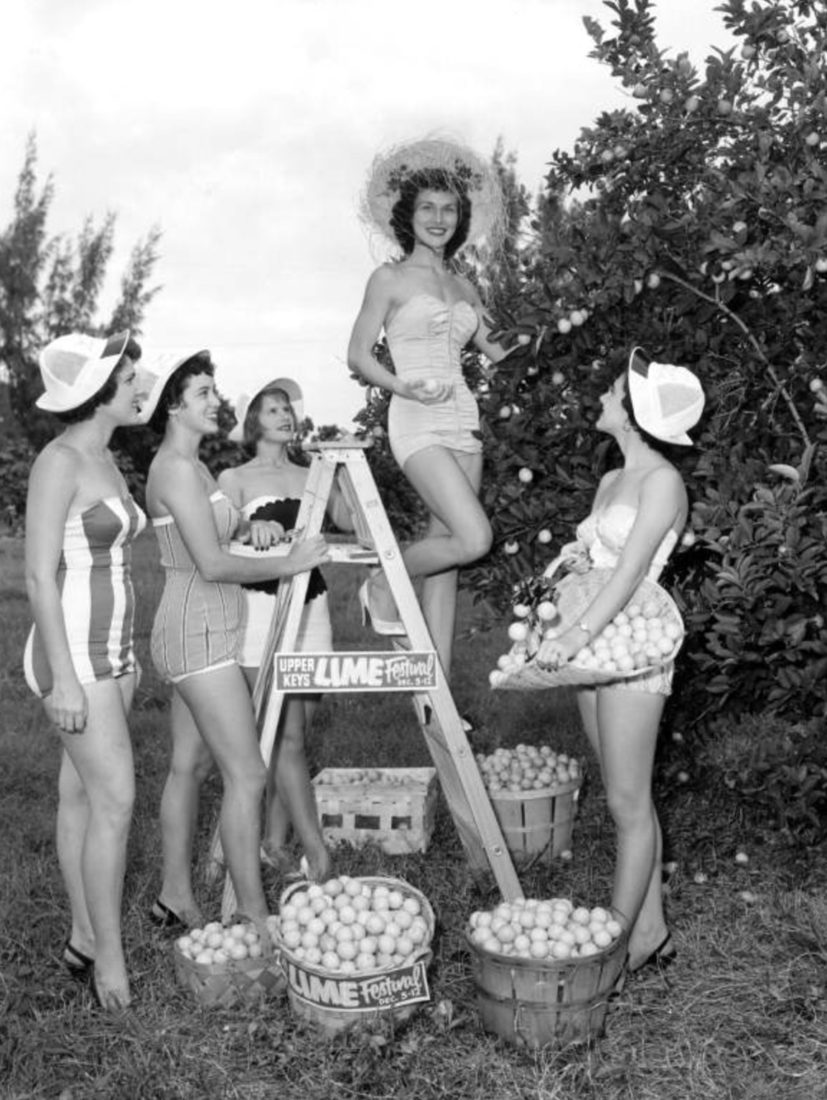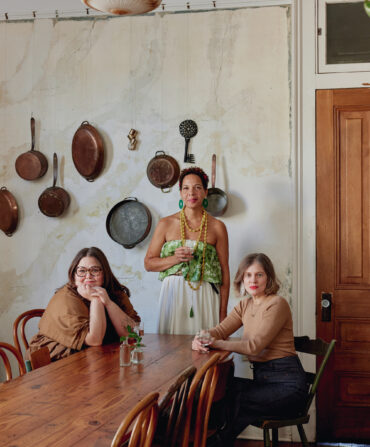If you want to get in a fight with a South Floridian, bring up Key lime pie. Should the crust be graham cracker or pastry? Crown the filling with meringue or whipped cream? And most hotly argued of all—do you have to use true Key limes?
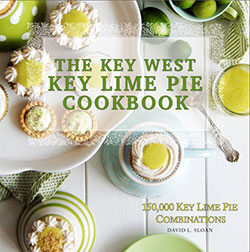
Absolutely, says David Sloan, a co-founder of the Key Lime Festival, and author of The Key West Key Lime Pie Cookbook. “The main difference is the acidity,” Sloan explains. “Key limes are more tart, acidic, and they’re juicier.” The golf-ball sized limes sport a skin that turns yellow when ripe—those bags of tiny green limes at the grocery store are likely imported fruit picked prematurely, he says.
Key limes, or Citrus aurantifolia, are native to Southeast Asia, made their way to Mediterranean Europe, and arrived in America with Christopher Columbus. By the nineteenth century, the limes thrived as a commercial crop in the Keys. “They adapted so well to the climate because they could survive heat and not a lot of rain fall,” Sloan says. By 1917, acres of groves in the Upper Keys shipped 60,000 crates annually.
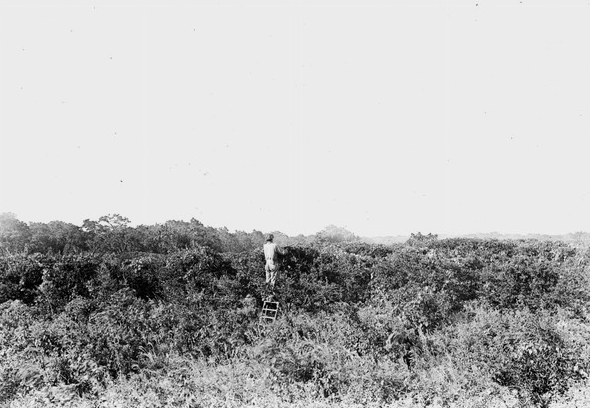
Photo: Photo courtesy State Archives of Florida, Florida Memory
Pruning lime trees on Upper Matecumbe Key, 1919.
As for the pie itself, Sloan credits another Sunshine State industry—fishing—with the creation of a proto version. Sponge harvesters in the mid-1800s worked on boats for days at a time, toting foods that would last. Sloan’s book shares the story of a passed-down recipe for a make-do snack on the sea: Soak stale bread in canned condensed milk, and then top with eggs gathered from the islands—wild bird or turtle—and squeeze lime juice on top. Stirred and allowed to sit, the mixture gelled atop the bread. “People debate if pastry or graham cracker is the true Key lime pie crust,” Sloan says. “But before anything else, it was actually Cuban bread.”
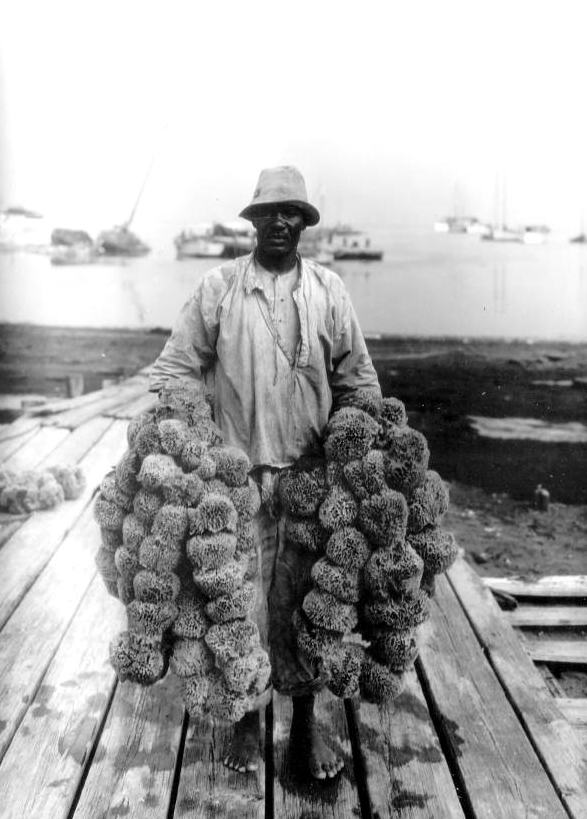
Photo: Photo courtesy State Archives of Florida, Florida Memory
A sponge fisherman with his haul in Key West, 1930.
Perhaps the first recipe for what we think of today as Key lime pie came from a cook called “Aunt Sally” in the 1890s, Sloan says. Sally might have known fishermen who shared their tricks, or maybe she already knew how to make lemon icebox pie and swapped in limes. Whatever the case, Sally had access to plenty of sweetened condensed milk because her employer was the millionaire ship supplier who built the Curry Mansion, now an Inn on Key West that still uses her recipe.
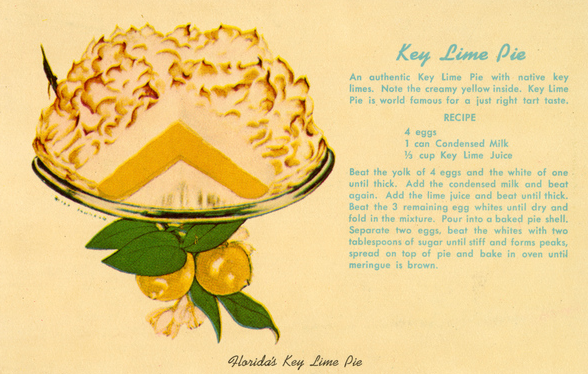
Photo: Courtesy State Archives of Florida, Florida Memory
A Key lime pie recipe from 1964.
Key lime cultivation dropped off when Persian limes became more popular, and in 1926, a devastating hurricane wiped out most of the commercial Key lime groves in Florida. “We still have them growing in the Keys, but they’re a true backyard crop,” Sloan says. “When Key limes are ripe, we share them with our friends and neighbors.”
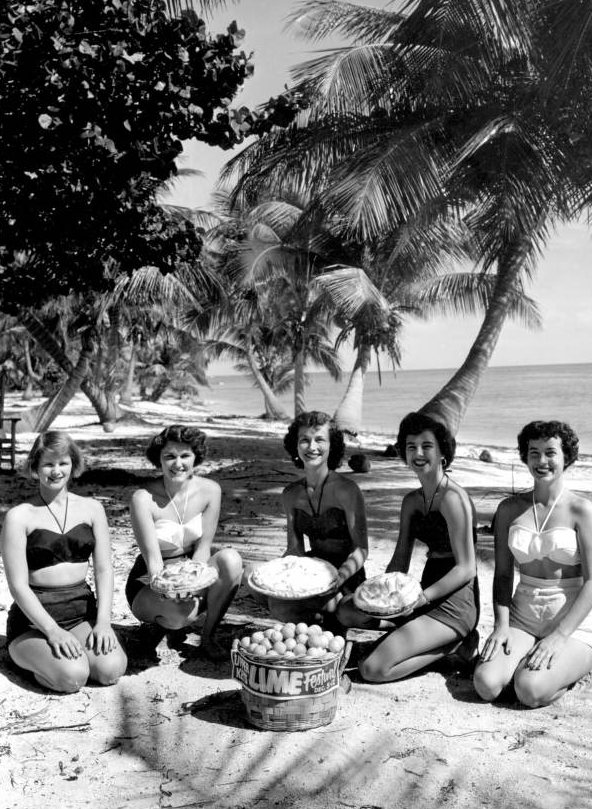
Photo: Photo courtesy State Archives of Florida, Florida Memory
Key Largo, 1953.
For all his expertise, Sloan is generous toward those who’d like to make a Key lime pie but can’t source the real thing—in a pinch, home cooks can create a similar flavor by mixing half lemon juice with half Persian lime juice, he says. But for an authentic taste of history, you’ll have to travel a little further South.


